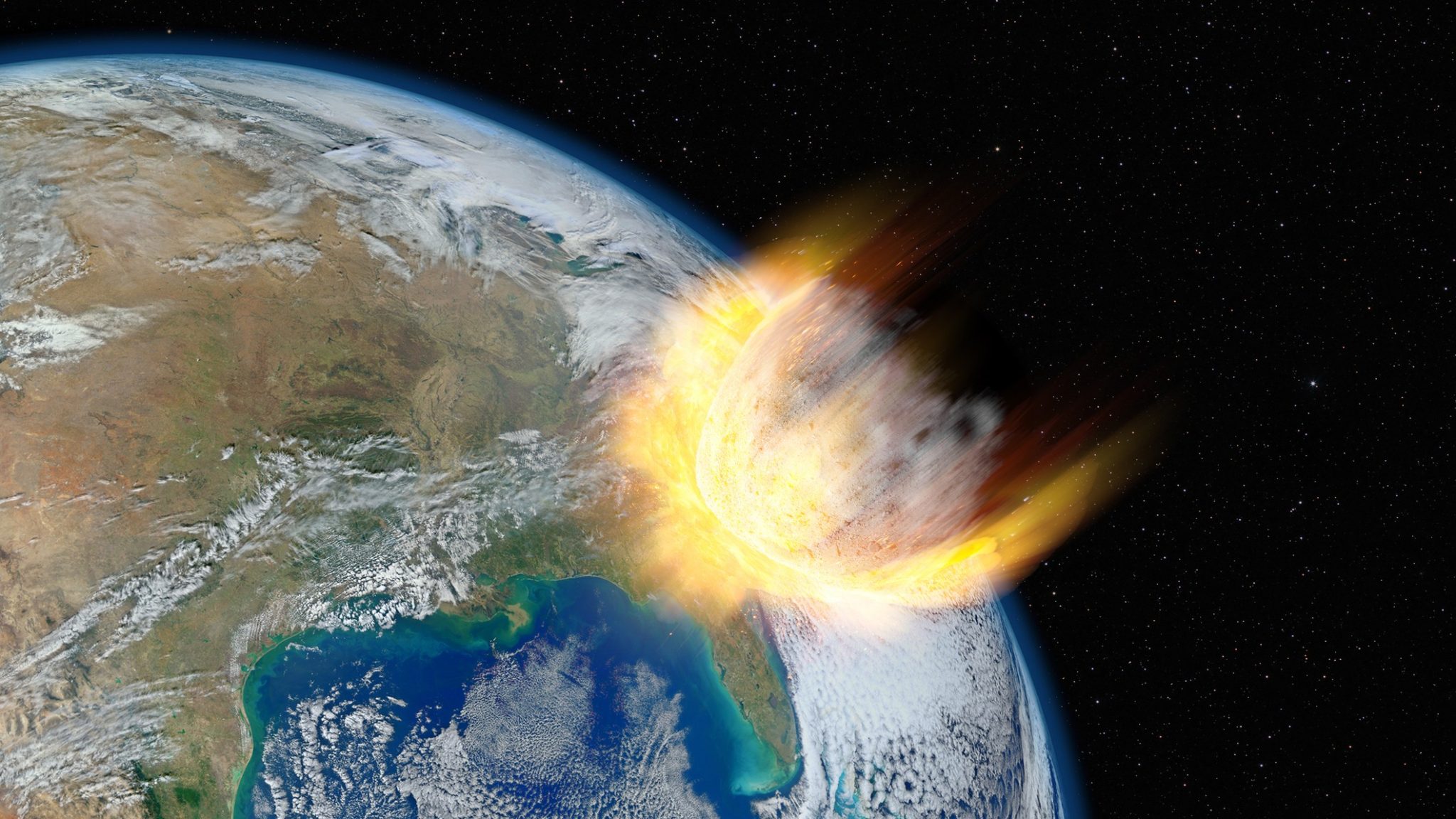Asteroid To Hit Earth: Understanding The Threat And Preparing For The Future
Asteroid To Hit Earth: Understanding The Threat And Preparing For The Future - The possibility of an asteroid to hit Earth is a real concern. While most asteroids pose no immediate threat, the ones that enter Earth's atmosphere can cause significant damage. The impact of a large asteroid could result in widespread destruction, climate changes, and even mass extinctions. Scientists are constantly monitoring near-Earth objects (NEOs) to identify potential threats. Asteroid to hit Earth is not just a theoretical concern; it's a topic that has garnered significant attention from scientists and researchers. By understanding the nature of asteroids, their trajectories, and the potential consequences of an impact, we can better prepare for such an eventuality. This article will provide a comprehensive overview of the subject, offering insights into the science behind asteroid impacts and the steps being taken to protect our planet.
The possibility of an asteroid to hit Earth is a real concern. While most asteroids pose no immediate threat, the ones that enter Earth's atmosphere can cause significant damage. The impact of a large asteroid could result in widespread destruction, climate changes, and even mass extinctions. Scientists are constantly monitoring near-Earth objects (NEOs) to identify potential threats.
Earth has experienced several significant asteroid impacts throughout its history. The most famous event is the asteroid impact that contributed to the extinction of the dinosaurs approximately 66 million years ago. More recent events, such as the Tunguska explosion in 1908 and the Chelyabinsk meteor in 2025, highlight the ongoing threat posed by asteroids.
Addressing the asteroid threat requires global cooperation and coordination. International agreements and initiatives facilitate the sharing of data and resources, ensuring a unified approach to asteroid defense. By working together, nations can enhance their ability to protect Earth from potential asteroid impacts.
Advancements in technology have significantly improved our ability to detect asteroids. Ground-based telescopes, space-based observatories, and radar systems are used to track NEOs. The goal is to identify potential threats early enough to implement mitigation strategies.
Asteroids are rocky remnants left over from the early formation of our solar system about 4.6 billion years ago. They are primarily found in the asteroid belt between Mars and Jupiter, but some stray into Earth's vicinity. These celestial bodies vary in size, ranging from small boulders to massive rocks several kilometers in diameter. Understanding their composition and behavior is crucial in assessing the risk they pose to our planet.

The possibility of an asteroid to hit Earth is a serious concern that demands our attention. By understanding the nature of asteroids, their detection, and the measures being taken to mitigate the threat, we can better prepare for such an eventuality. Space agencies and scientists worldwide are actively working to enhance our ability to detect and deflect asteroids, ensuring the safety of our planet.
Technological advancements are key to addressing the asteroid threat. Innovations in telescopes, sensors, and spacecraft design enable more accurate detection and tracking of NEOs. Additionally, research into deflection techniques continues to progress, offering hope for effective asteroid mitigation strategies.
International space agencies such as NASA, ESA, and JAXA play a crucial role in monitoring and mitigating the asteroid threat. Collaborative efforts and shared data help enhance our understanding of asteroids and improve detection and deflection technologies.
Imagine waking up to the news that an asteroid is on a collision course with Earth. This isn't just science fiction; it's a real possibility that scientists and space agencies around the world are actively monitoring. The potential impact of an asteroid hitting Earth could be catastrophic, but how real is the threat, and what can we do to prepare? In this article, we will delve into the world of asteroids, their potential to hit Earth, and the measures being taken to mitigate this threat.
As we explore this critical issue, we will also examine the role of international space agencies and the technology being developed to detect and deflect asteroids. By the end of this article, you will have a clearer understanding of the risks posed by asteroids and the proactive measures being implemented to safeguard our planet.
Various strategies are being explored to mitigate the threat of an asteroid to hit Earth. These include:
NASA warns chances of 'citydestroying' asteroid hitting Earth in 2032
